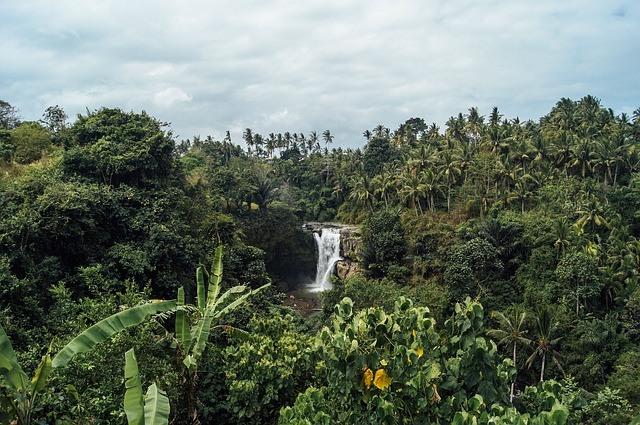
A new study from Arizona State University puts forth a plan for a more simple way to tackle one of the biggest challenges in modern economics: determining the proper economic value for nature.
Here's the problem: The most commonly accepted measure of national economic wealth, gross national product (GDP), does not include natural capital. That means the value of the world's trees, plants, clean water and air count for nothing, and are considered free goods. This is why environmental degradation and pollution became such rampant problems around the world, because our system could not account for it properly.
This study aims to change that by calculating natural capital in a way that the value of nature could be easily compared to that of other economics goods.
“Without an apples-to-apples valuation approach, the value of natural capital cannot be measured against other assets and expenses,” said Joshua Abbott, one of the report's authors. “Our work can help governments and businesses track the sustainable use of natural resources.”
It is obvious that this system is broken. Just look at, for example, Indonesia or Brazil. Those two countries are home to some of the most biodiverse forests on the planet, in the tropical jungles of the Amazon and the islands of Borneo and Sumatra. That's half of all plant and animal species on the planet in just two countries! The natural wealth is immense, and the services these forests provide -- in regulating carbon, providing clean water and maintaining temperatures -- are hugely important for the planet and human health.
Yet, for the past half-century, both countries have destroyed huge swaths of their forests to help grow their economies, following the dominant paradigm -- that nature is worth nothing, until it is cut down for timber (that can be sold) or converted into plantations (for exporting pulp and palm oil). This is nothing new: Europe developed in this exact same way, and today, the continent only has one tiny grove of old-growth forests left, the legacy of decades of industrialization for economic growth to the detriment of nature.
Such metrics can be a boon to companies that want to integrate sustainability metrics into their operations, as it will help them properly valuate their impacts on nature. That is the ultimate goal of this study: to provide a tool for policymakers to better understand how natural capital fits into the global economic system, and its role in sustainability.
“Sustainability is ultimately about making sure that the portfolio of assets we give future generations — including natural capital, but also our knowledge and physical infrastructure — is at least as valuable as the one we inherited,” Abbott said. “Our research helps us do a better job of bringing nature into the balance sheet of society, so that policy makers and business leaders can do a better job of evaluating trade-offs.”
Let's hope that this study, and similar initiatives, push the world toward a better economic indicator than GDP, one in which preserving nature is just as valuable, if not more so, than destroying it.
Photo Credit: Pixabay

Nithin Coca is a freelance journalist who focuses on environmental, social, and economic issues around the world, with specific expertise in Southeast Asia.














